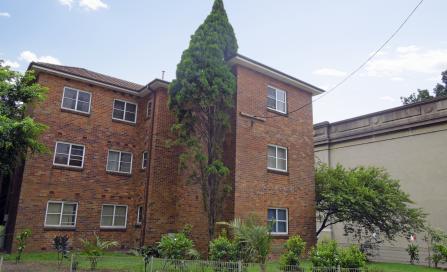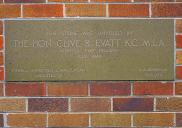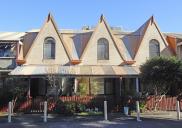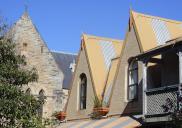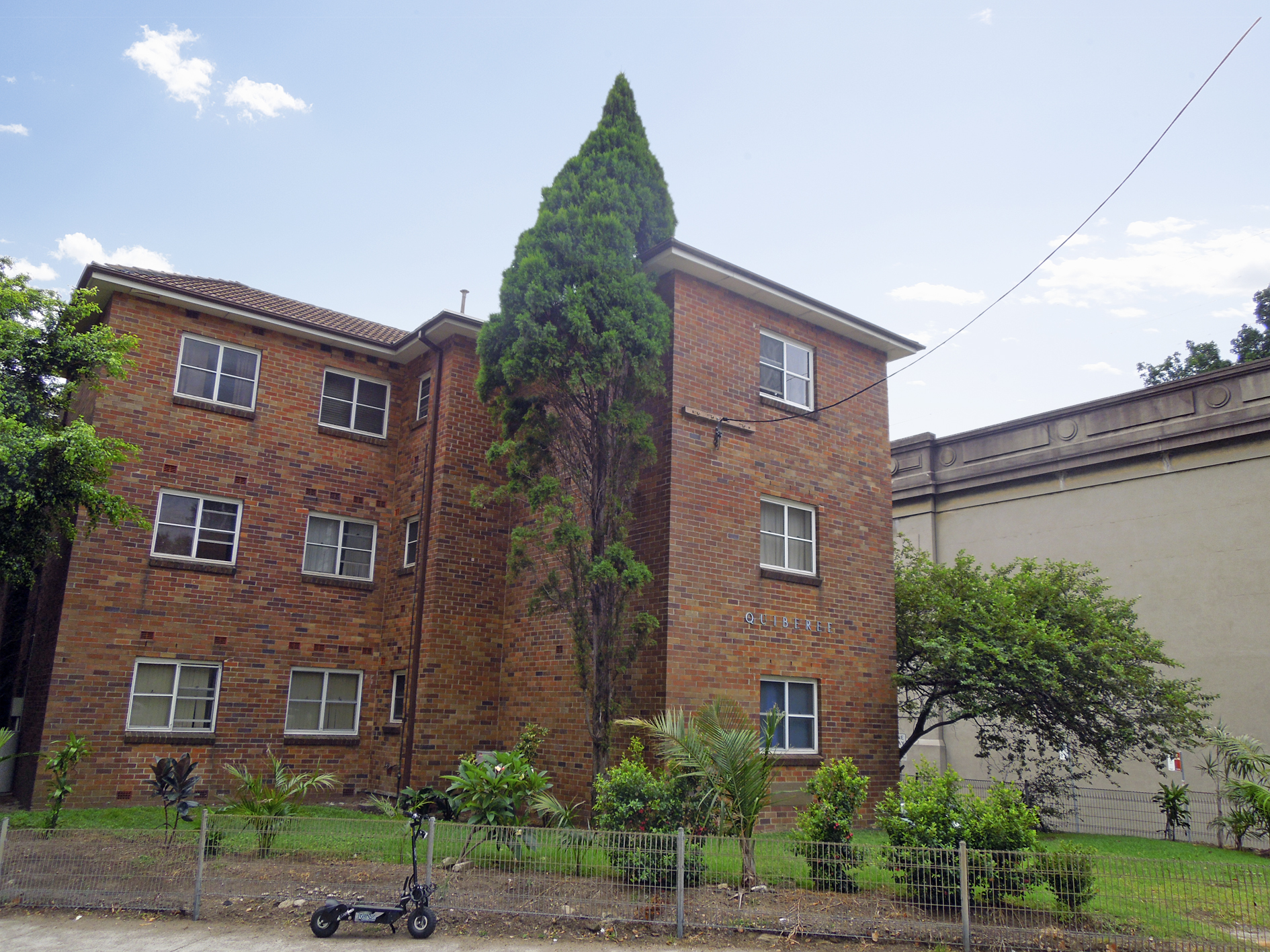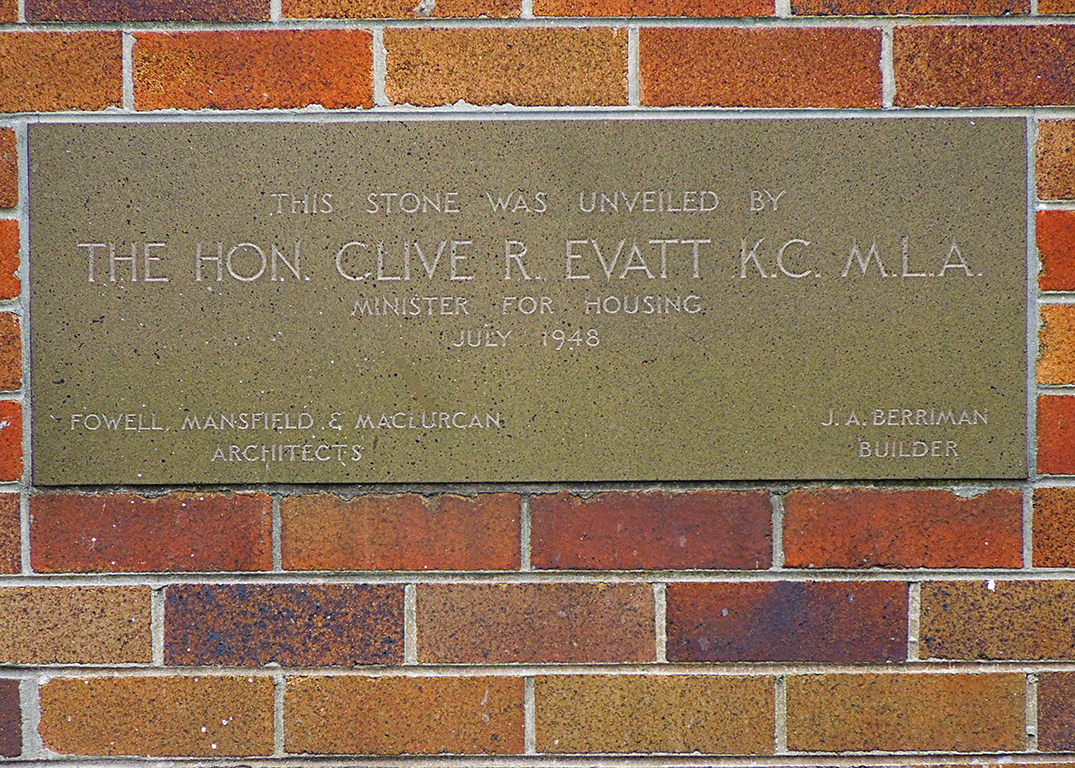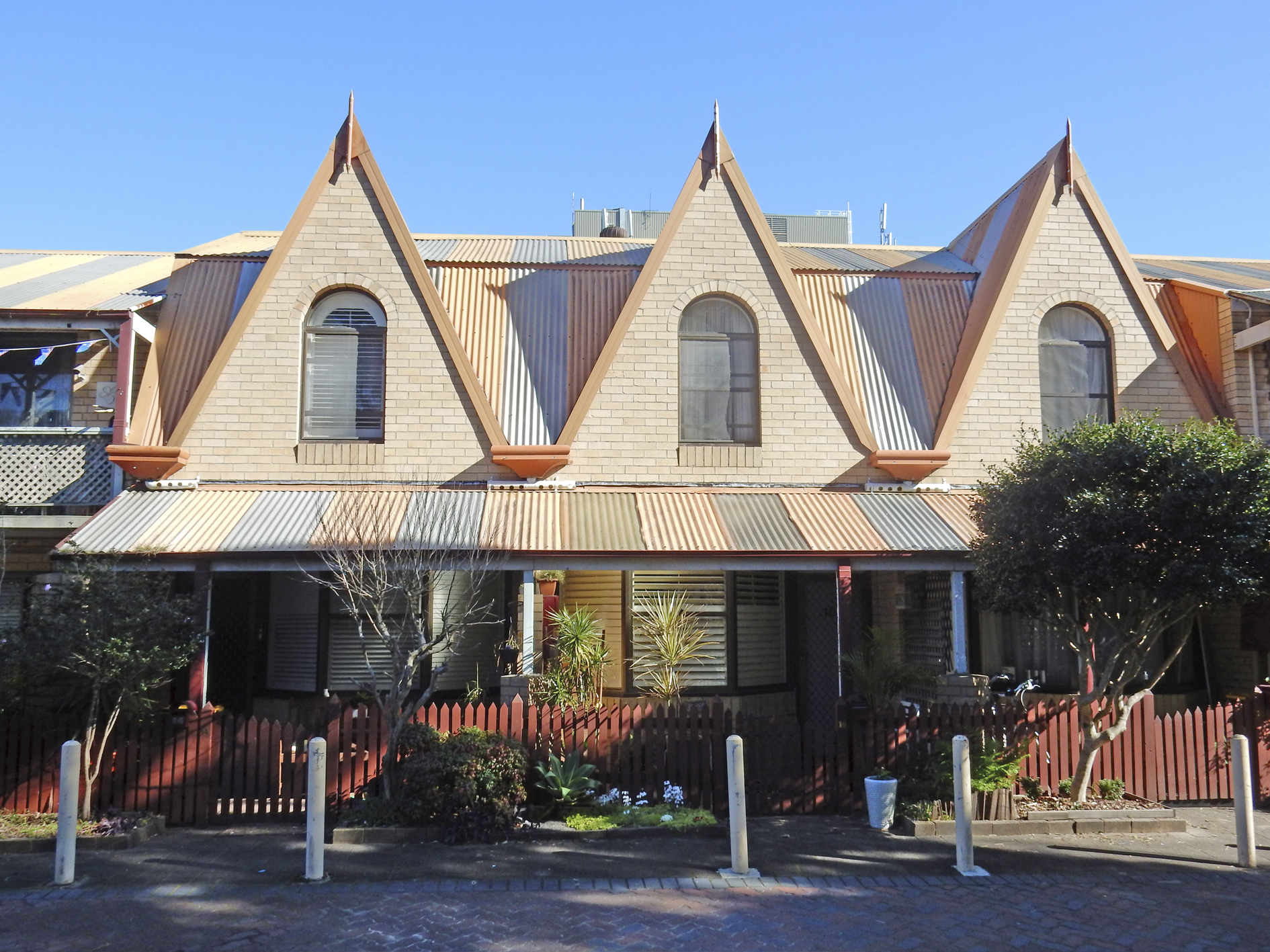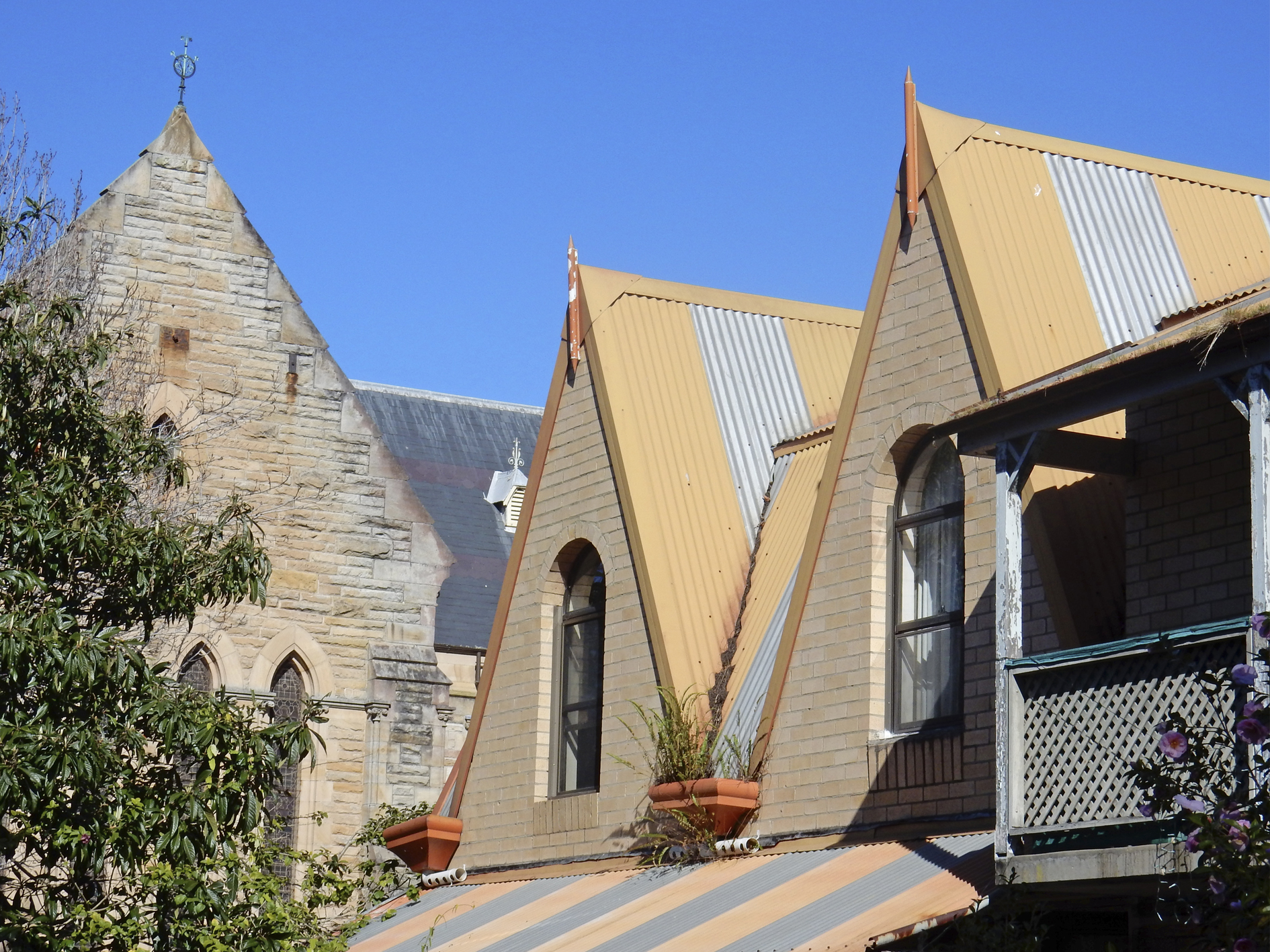|
Social HousingSocial housing usually refers to rental accommodation provided by government or not-for-profit organisations to create a social good and/or to alleviate deprivation.It might be argued that the history of such housing in Sydney extends back to the Governorship of Lachlan Macquarie [1810-1822]. From 1818, convicts who would otherwise have been homeless were given a bed and shelter at Hyde Park Barracks in between their assignment on work gangs. Around this time, at George’s Heights and Elizabeth Bay, Macquarie built huts for Aboriginal people displaced from their traditional land. By the mid-1800s the spectre of the slums that characterised contemporary London and Manchester aroused fears in Sydney. In 1859 politician and future Premier, Henry Parkes, argued for the need for Government to construct well-ventilated and adequately sized homes for workers after a depressing inspection of the congested and unhealthy waterfront precinct at The Rocks. Realising this housing ideal took another 50 years. Then, it was in the adjoining Millers Point that model flats were built for waterside workers from 1908 by the Sydney Harbour Trust. In 1917 and 1927, the Sydney City Council built workers’ flats for rent in Chippendale and Pyrmont. The War Service Commission was established by the Commonwealth Government after World War One to provide low interest homes loans to veterans. Some War Service Homes were built in North Sydney in the 1920s. However, before the 1950s most housing in Sydney was rented rather than owner-occupied and the responsibility for building public rental housing in the 20th century largely fell to the State Government rather than city or municipal authorities – unlike the situation that evolved in Great Britain and the United States. Between 1912 and 1924 the New South Wales [NSW] Housing Board presided over the construction of Daceyville, a garden suburb development thought preferable to the provision of flats, and other smaller schemes. Between the wars the New South Wales Housing Improvement Board built flats and, in 1941, the New South Wales Housing Commission was established to undertake the planning of large outer suburban estates and the construction of inner suburban flats. In the years following the war there was a serious shortage of housing in NSW. The Housing Commission ran ballots for those needing permanent rental accommodation. The type and place of accommodation was determined by the luck of the draw. The first social housing in North Sydney was built by the Housing Commission in 1948. This was a set of two-storey flats called ‘Quiberee’ in Lavender Street, North Sydney, located on land left vacant after the construction of the Sydney Harbour Bridge. That year another triangular piece of surplus Bridge land was prepared for 'Greenway' – then the largest flat development in Australia. Other two-storey blocks of flats followed, including ‘Attunga’ (now demolished) on the Pacific Highway. There was immediate friction between Council and the Commission because the latter was exempted from local building codes. Council lost a challenge to this in 1948 and the large Housing Commission blocks went ahead as planned. For the following 36 years the need for affordable housing in North Sydney was addressed by the Commission [called the Department of Housing from 1986] and by numerous privately-owned boarding houses. As the local area became generally more desirable in the 1960s and 1970s, many low-cost boarding houses were refurbished with increased rents, or sold as single dwellings or strata-titled flats. In 1982, North Sydney Council undertook a Housing Study which helped to establish policies to retain affordable housing in the area. Two years later the State Government gazetted State Environmental Planning Policy 10 (SEPP 10) which aimed to slow the decrease of low cost accommodation by levying developers for lost housing. Partnerships were established between Council and the Department of Housing and Lower North Shore Community Housing (now Link Housing, incorporating the Northern Beaches and Ryde), which had been established in 1983 as a not-for-profit housing provider. From 1984 to 2009, Councils were entitled to retain the SEPP 10 levies to reinvest in social housing. In 1987, North Sydney Council granted 53 leases over 10 of its properties to the Department of Housing. Ted Mack, whose tenure as Mayor ran from 1980-1988, took a particular interest in social housing as a trained architect who had worked in that field before his election to Council in 1974. Over eight years in the 1980s, Council built 12 terraces and 82 units, sometimes in partnership with the Department of Housing. By 2008, social housing in North Sydney was largely comprised of properties owned and managed by Housing NSW [formerly the Department of Housing], with an additional eight properties owned in partnership with North Sydney Council and a further 43 units managed for Council by Link Housing. Low cost boarding houses catered for others. Despite policies drafted by all levels of government to ameliorate the decreasing availability of low-cost accommodation, some 2,400 affordable bed-spaces were lost in the North Sydney Local Government Area between 1984 and 2013. In 1998 there were 66 boarding houses in North Sydney but, by 2011, only 26 remained. In 2011, only 1.6% of local residents were living in social housing. In 2015, Council approved its first ‘new generation boarding house’ to be built with funds accumulated from SEPP 10 levies, providing accommodation for 17 people.
|
|

